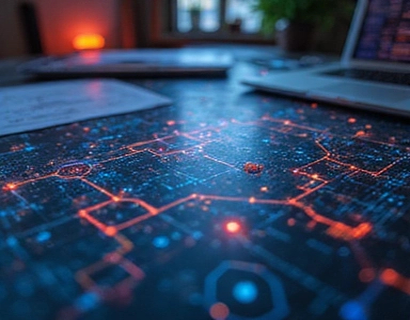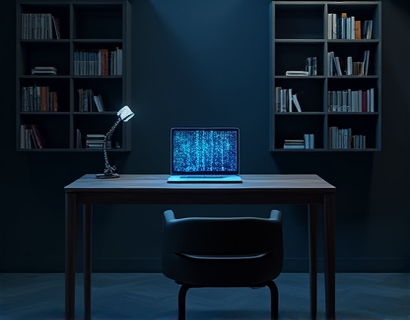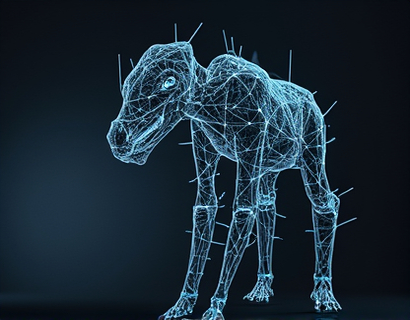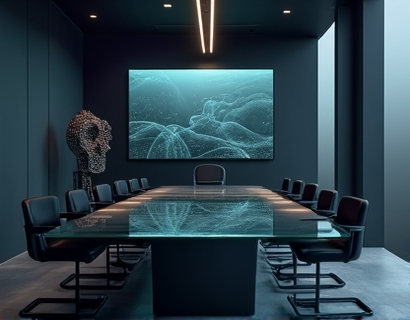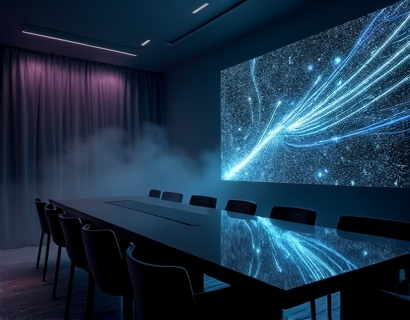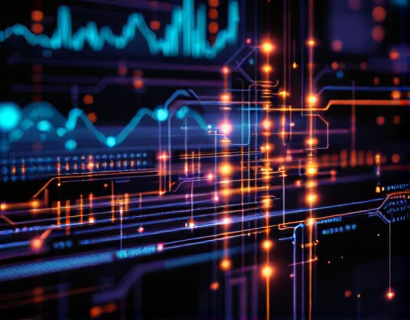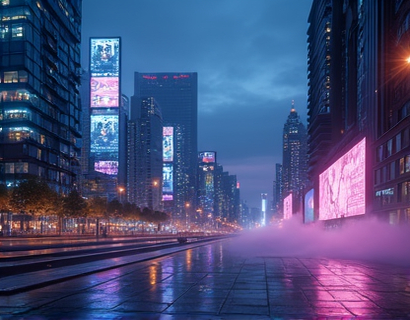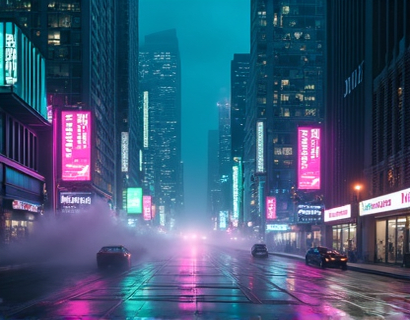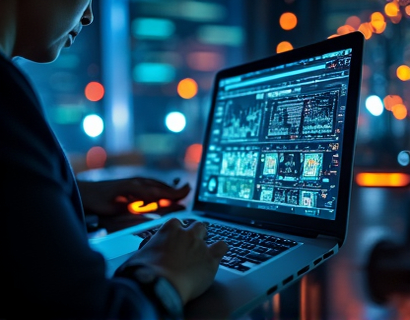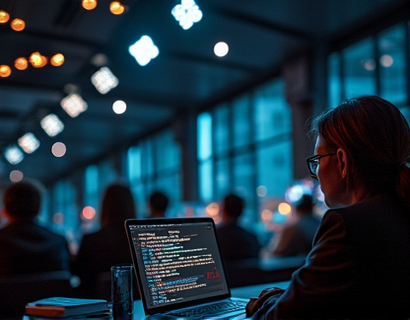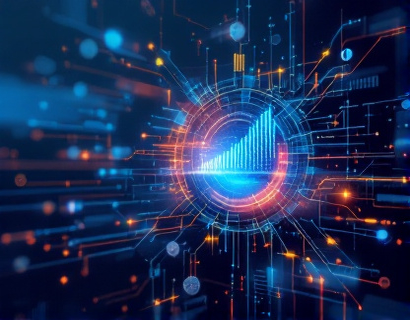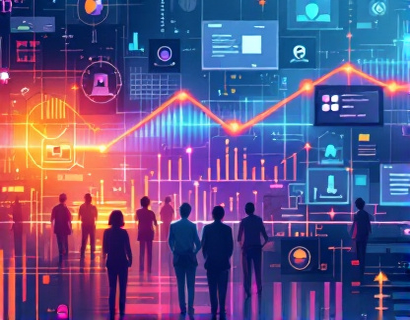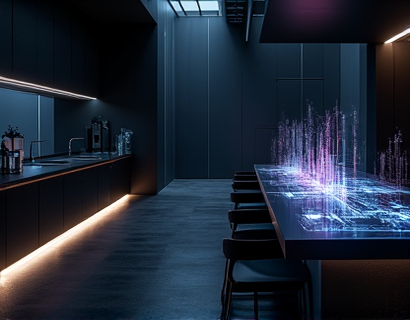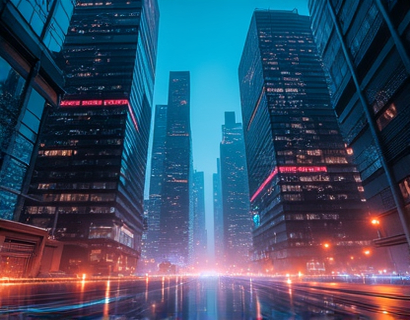Advanced AI Image Authentication: Ensuring Digital Content Integrity with Cutting-Edge Verification Technology
In an era where digital content is ubiquitous and easily manipulable, the need for robust image authentication has never been more critical. The rise of artificial intelligence (AI) has introduced sophisticated tools for creating and altering images, posing significant challenges to professionals across various fields. This article delves into the advanced software solutions designed to detect AI-generated and altered images, ensuring the authenticity and integrity of digital media. These tools are meticulously crafted to empower digital media professionals, content creators, brand managers, security analysts, legal and compliance teams, journalists, and educators to navigate the complexities of image manipulation and AI creation confidently.
The importance of verifying the authenticity of visual content cannot be overstated. In a world where deepfakes and AI-generated images can mislead and deceive, the ability to trust what we see online is paramount. This is especially true for brands, whose reputations can be severely damaged by the spread of altered or fake images. Advanced image authentication software provides a reliable method to verify visual content, safeguarding brands and enhancing informed decision-making processes.
Understanding Image Manipulation and AI-Generated Content
Image manipulation has evolved from basic photo editing to sophisticated AI-driven techniques. Traditional methods involved altering images using software like Adobe Photoshop, where experts could adjust pixels, add or remove elements, and create convincing alterations. However, with the advent of AI, the process has become more automated and harder to detect. AI algorithms can analyze vast amounts of data to generate realistic images and videos that are nearly indistinguishable from real ones.
Deepfakes, a subset of AI-generated content, are videos that have been altered using AI to make it appear as though a person said or did something they never actually did. These can be used for malicious purposes, such as spreading misinformation or damaging reputations. Similarly, AI-generated images, often referred to as "deep images," can be created to deceive visually, making it crucial to have tools that can detect these manipulations.
Challenges in Image Authentication
Detecting AI-generated and altered images presents several challenges. Traditional image verification methods, such as checking file metadata or using basic image analysis tools, are often insufficient against sophisticated AI manipulations. These methods can easily be bypassed by advanced algorithms that alter metadata or create images with realistic properties.
Another challenge is the rapid evolution of AI technology, which constantly pushes the boundaries of what is possible in image manipulation. What may have been a detectable alteration today could become undetectable tomorrow as AI techniques improve. This cat-and-mouse game between creators of manipulated content and those trying to detect it underscores the need for advanced, continuously updating authentication tools.
Advanced Verification Technologies
To address these challenges, advanced verification technologies have emerged. These systems employ a combination of machine learning, computer vision, and cryptographic techniques to detect and verify the authenticity of images. Here are some of the key technologies used in these advanced tools:
- Machine Learning Algorithms: These algorithms are trained on vast datasets of both authentic and manipulated images to identify patterns and anomalies. They can detect subtle changes in pixel patterns, inconsistencies in lighting and shadows, and other indicators of manipulation.
- Computer Vision Techniques: Advanced computer vision algorithms analyze the structural and semantic content of images. They can detect anomalies in textures, edges, and object placements that are characteristic of AI-generated content.
- Cryptographic Hashing: By generating unique hash values for images, these tools can verify that an image has not been altered since it was first authenticated. Any change to the image will result in a different hash value, indicating tampering.
- Watermarking: Digital watermarks can be embedded into images in a way that is invisible to the human eye but detectable by verification software. These watermarks can include information about the image's origin and authenticity.
Applications Across Industries
The applications of advanced image authentication technology span multiple industries, each with its unique set of challenges and requirements:
Digital Media and Content Creation
In the digital media and content creation sectors, ensuring the authenticity of visual content is crucial for maintaining audience trust and credibility. Content creators can use these tools to verify the originality of their work and protect against unauthorized alterations. For media outlets, authenticating images and videos is essential for journalistic integrity and avoiding the spread of misinformation.
Brand Management
Brands are increasingly vulnerable to reputational damage caused by altered or fake images. Advanced image authentication helps brands monitor their online presence, detect any unauthorized use or manipulation of their assets, and take swift action to protect their image. This is particularly important in the age of social media, where content can spread rapidly and widely.
Security Analysis
Security analysts use image authentication tools to verify evidence in investigations involving digital evidence. This includes identifying and authenticating images and videos used in cybercrime cases, ensuring that the evidence presented is genuine and not tampered with. The ability to trust the authenticity of digital evidence is critical for legal proceedings and law enforcement operations.
Legal Compliance
In the legal sector, the authenticity of visual evidence can be pivotal in court cases. Advanced image authentication tools help legal professionals verify the integrity of images and videos used as evidence, ensuring that they meet the high standards required in legal contexts. This not only supports the case but also upholds the credibility of the legal process.
Journalism
Journalists rely on visual evidence to tell stories and inform the public. With the prevalence of manipulated images, journalists need robust tools to authenticate the sources of their visual content. Advanced image verification software enables journalists to maintain the highest standards of accuracy and trustworthiness in their reporting.
Education
In educational settings, image authentication tools can be used to teach students about media literacy and the importance of verifying sources. Educators can utilize these tools to create exercises that help students develop critical thinking skills and understand the implications of manipulated visual content.
Benefits of Advanced Image Authentication
The adoption of advanced image authentication technology offers numerous benefits across various fields:
1. Enhanced Trust: By ensuring the authenticity of visual content, these tools build and maintain trust with audiences, customers, and stakeholders.
2. Reputation Protection: Brands and individuals can protect their reputations by quickly identifying and addressing any instances of image manipulation.
3. Informed Decision-Making: Professionals can make more informed decisions based on verified visual evidence, reducing the risk of misinformation.
4. Legal and Compliance: Advanced verification tools help organizations meet legal and compliance requirements by providing verifiable evidence.
5. Content Integrity: Content creators and media outlets can ensure the integrity of their work, maintaining high standards of quality and authenticity.
Implementing Advanced Image Authentication
Implementing advanced image authentication solutions involves several steps to ensure effective integration and utilization:
1. Assessment of Needs: Organizations should first assess their specific needs and the types of visual content they handle most frequently. This will help in selecting the right tools and features.
2. Selection of Technology: Choose a verification tool that employs the latest machine learning, computer vision, and cryptographic techniques. It's important to select a solution that is scalable and can adapt to evolving threats.
3. Integration: Integrate the authentication tool into existing workflows and systems. This may involve API integrations, software updates, or training for staff to use the new tools effectively.
4. Training and Education: Provide training for relevant staff to understand how to use the tools and interpret the results. This ensures that the benefits of the technology are fully realized.
5. Continuous Monitoring: Regularly monitor the effectiveness of the authentication processes and update the tools as needed to stay ahead of new manipulation techniques.
Conclusion
The rise of AI-generated and altered images has introduced significant challenges in verifying the authenticity of digital content. Advanced image authentication technology offers a powerful solution to these challenges, providing reliable methods to ensure the integrity of visual media. By adopting these cutting-edge tools, professionals across various industries can protect their brands, maintain credibility, and make informed decisions based on verified evidence. As technology continues to evolve, the importance of advanced image authentication will only grow, making it an essential component of digital content management.



